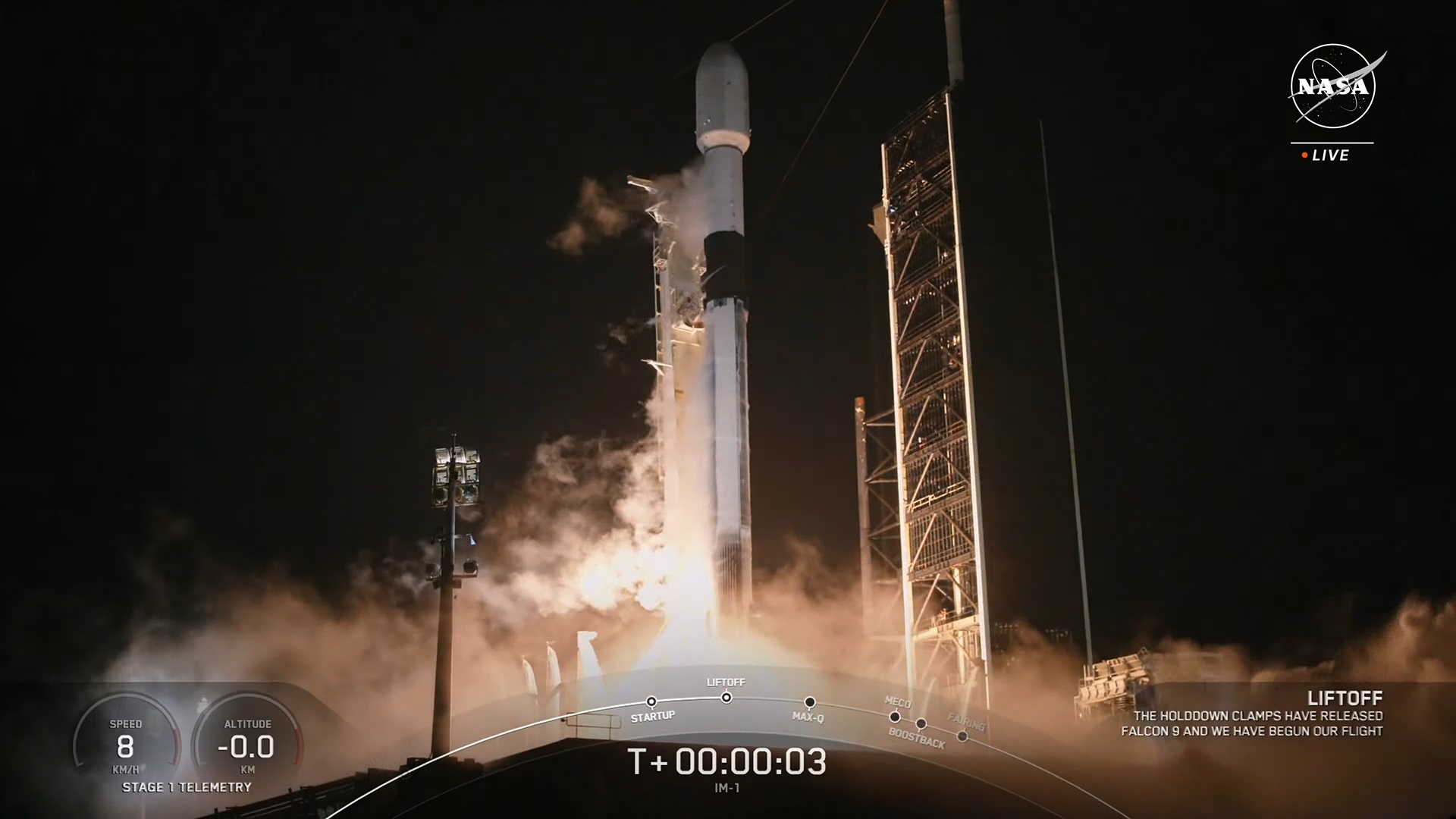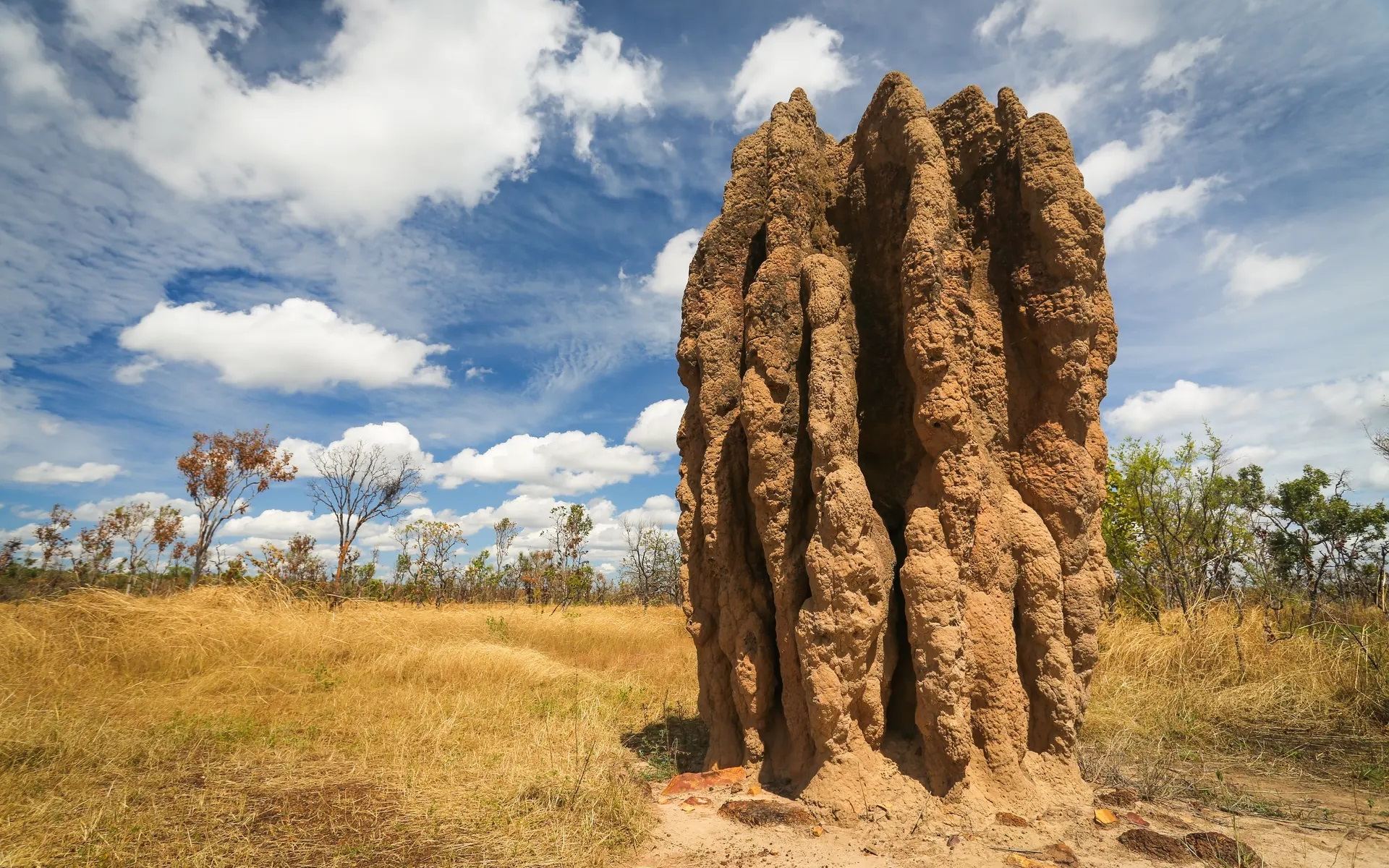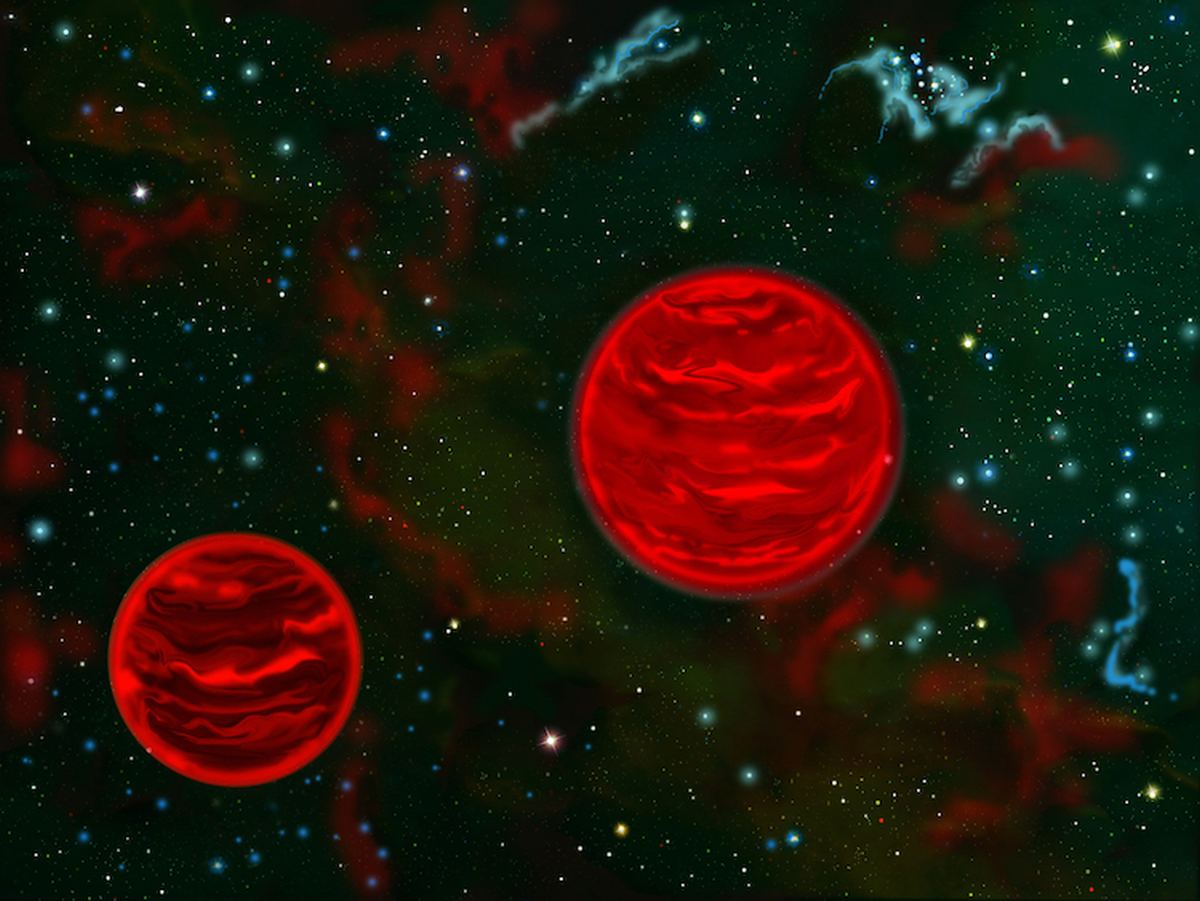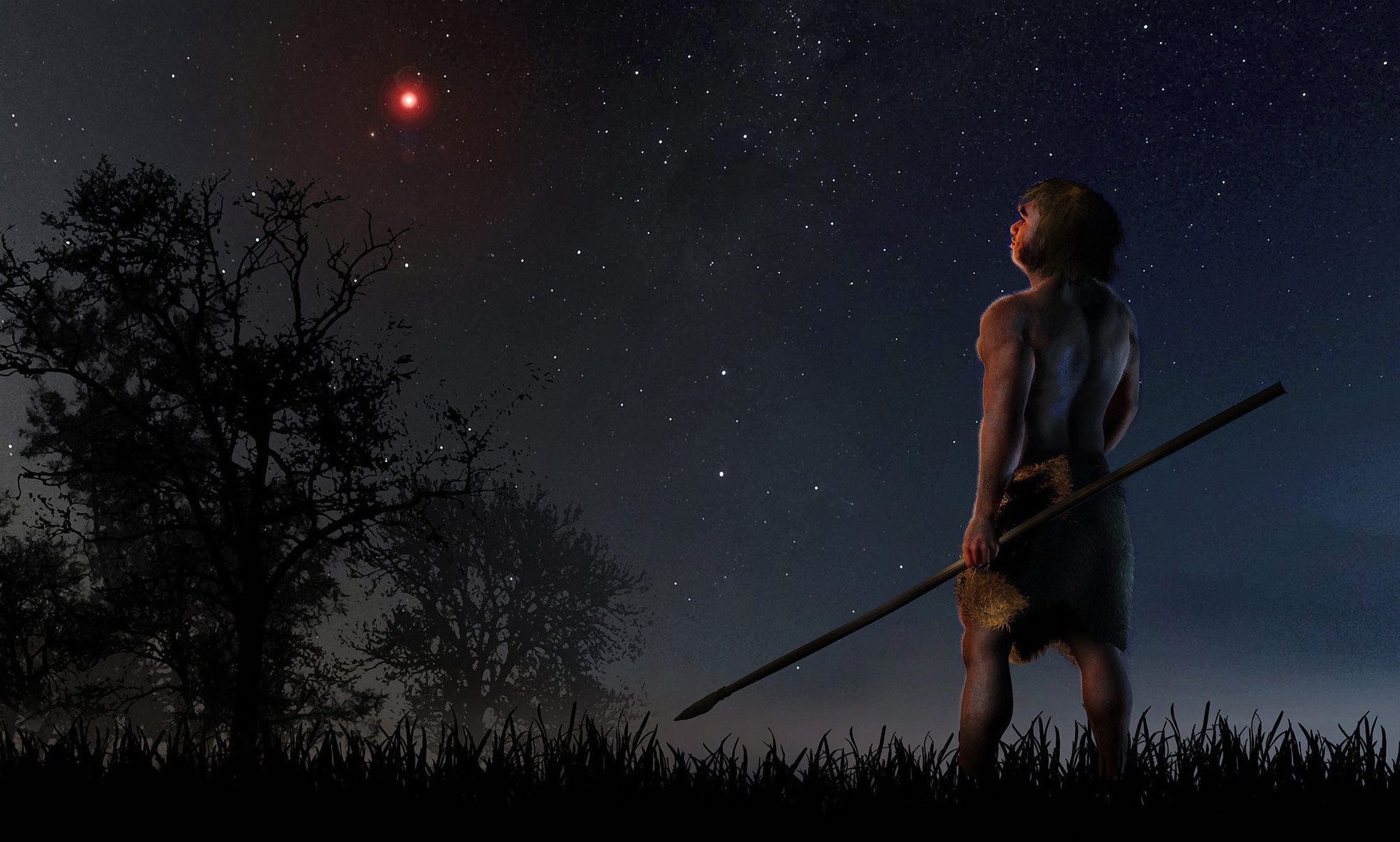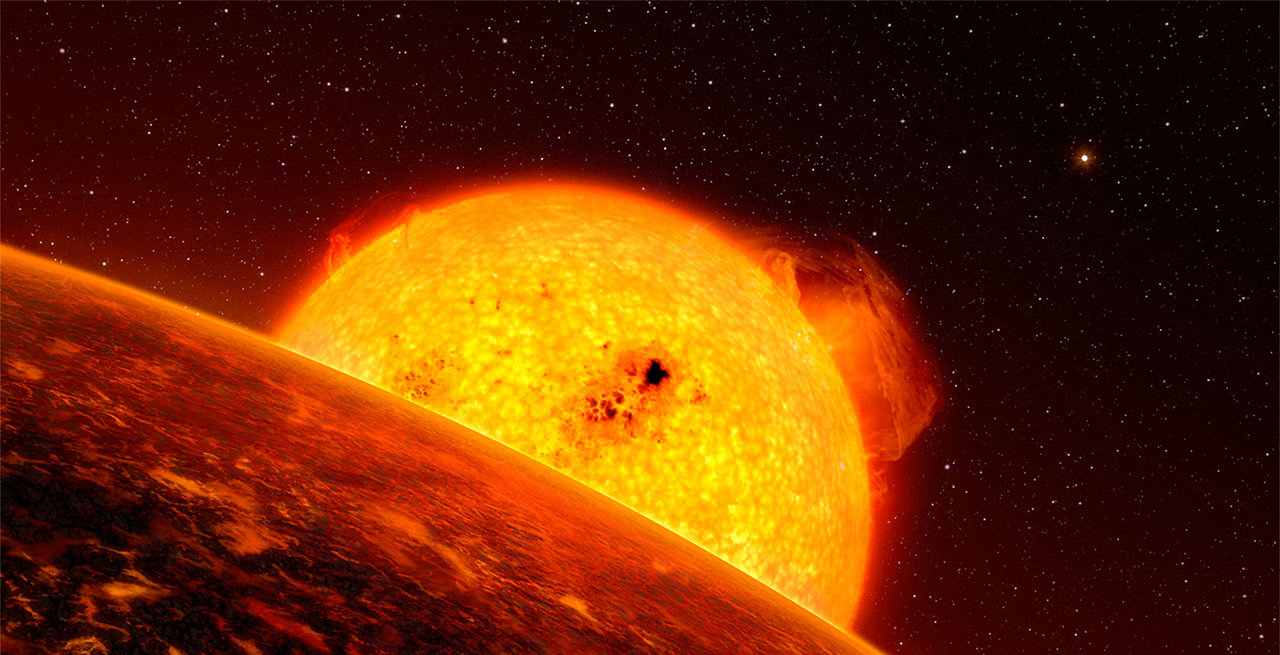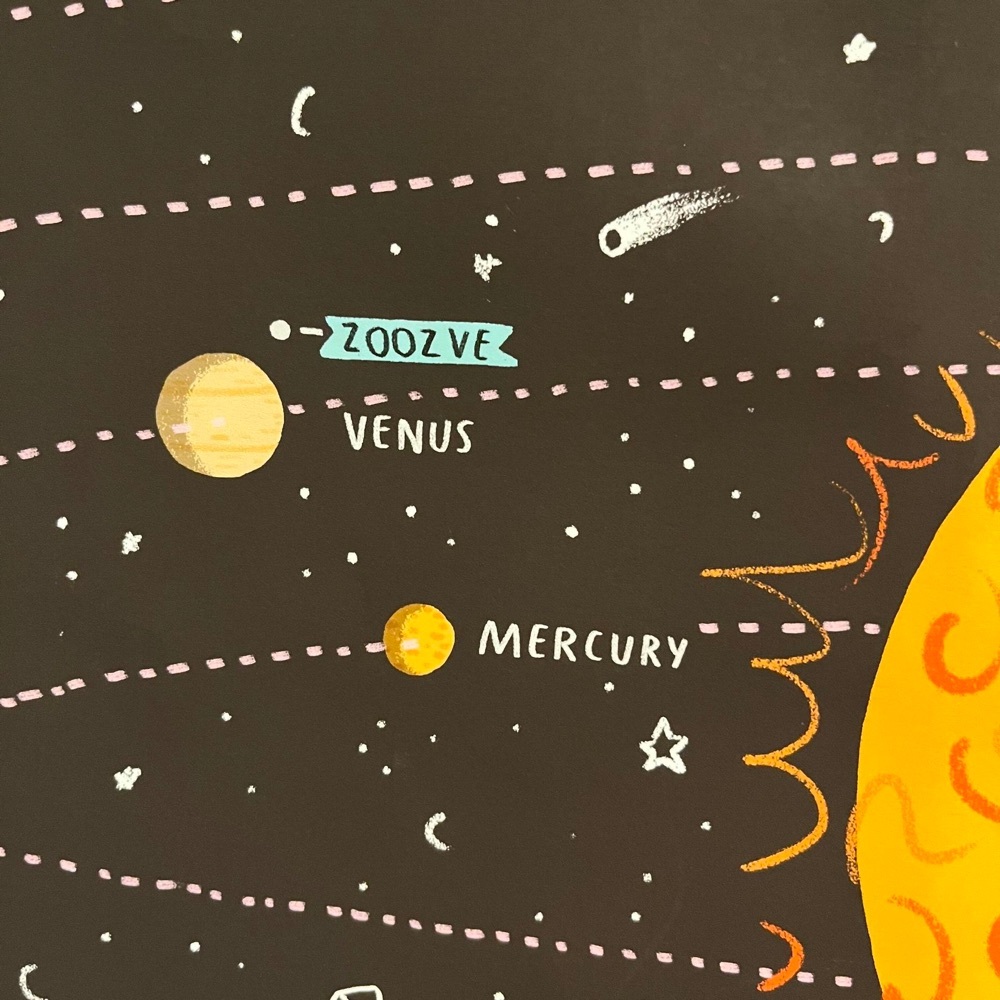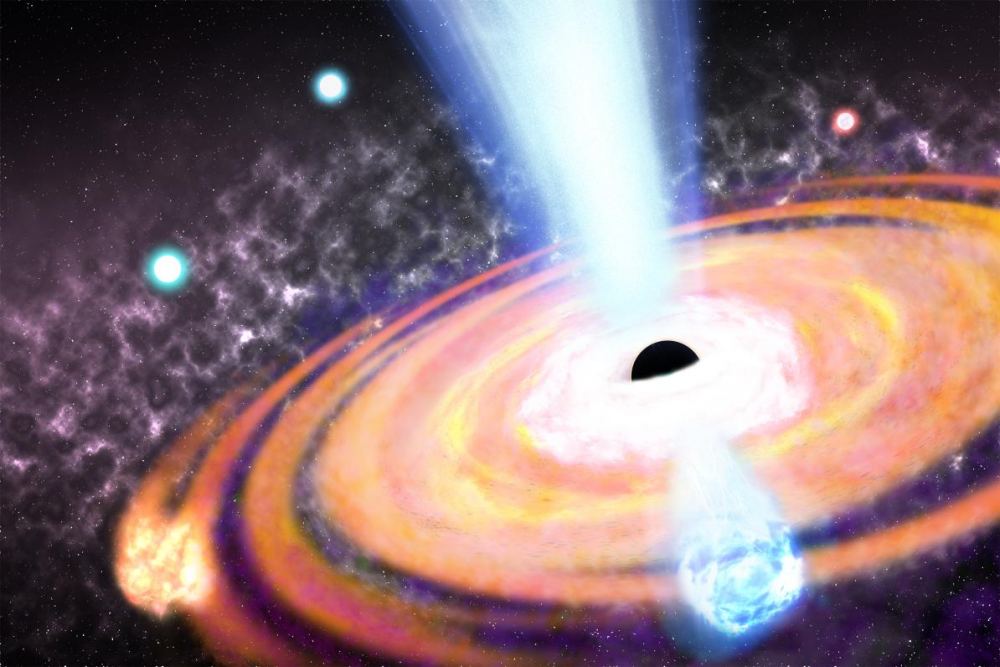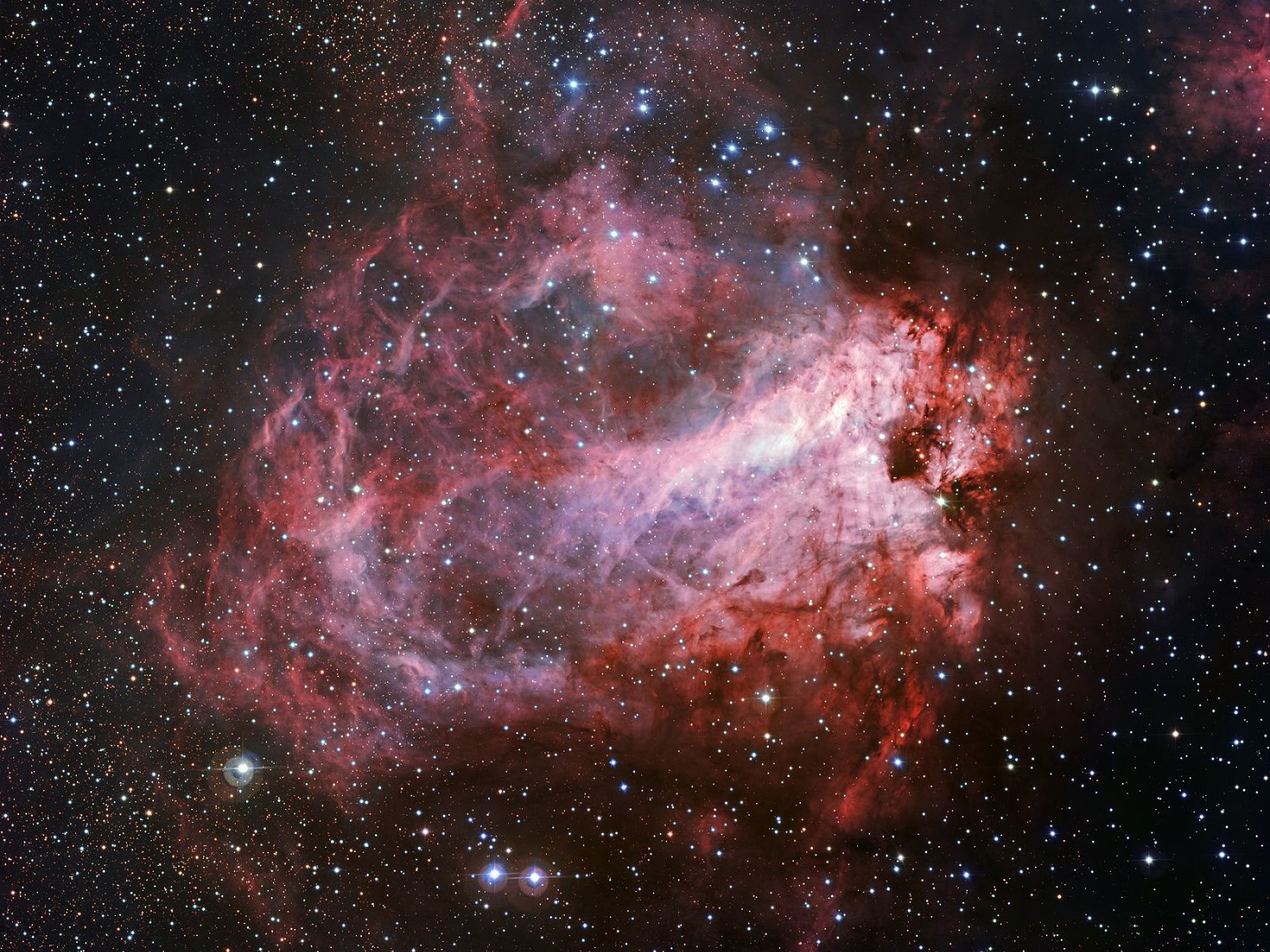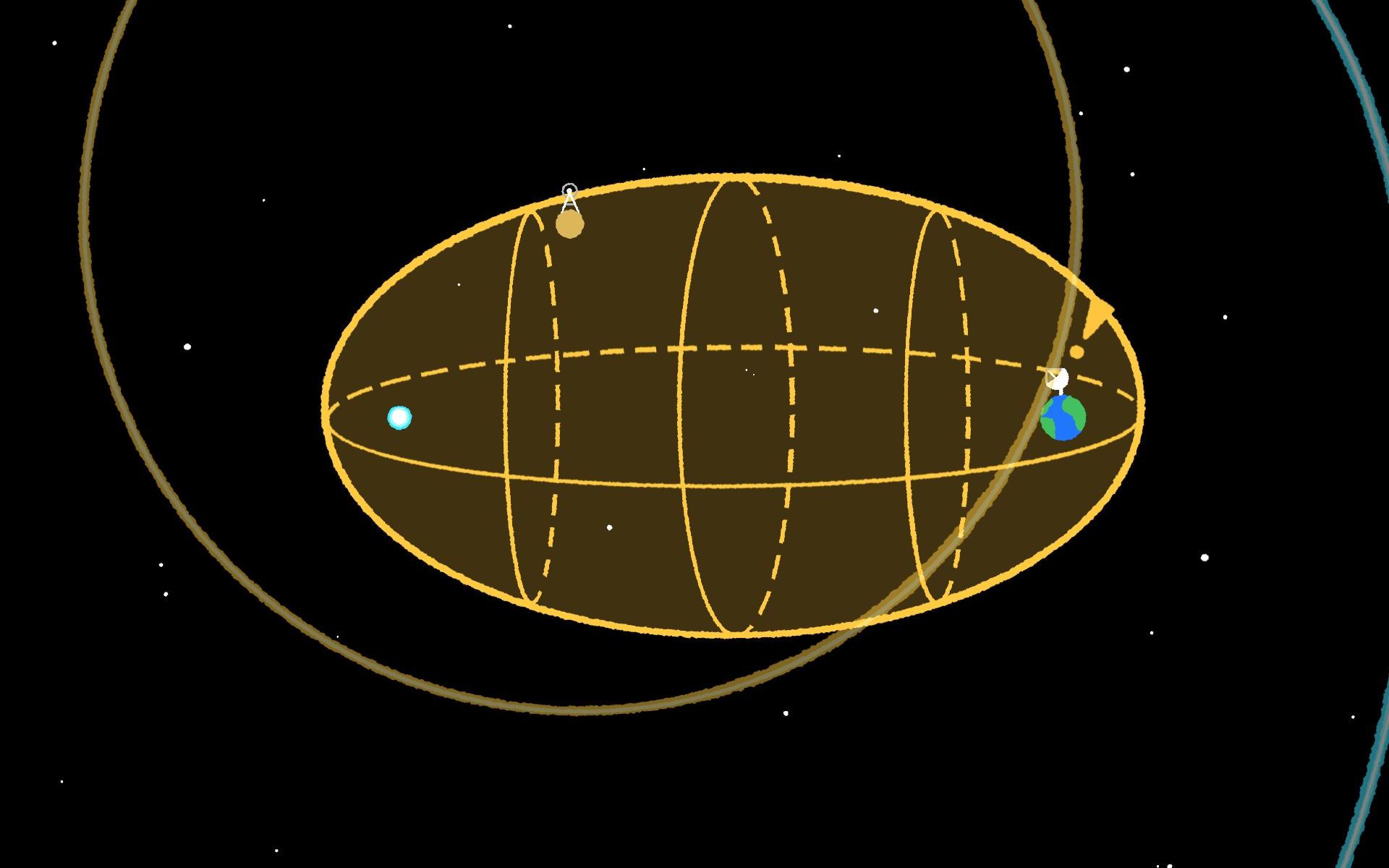Now it’s Intuitive Machines’ turn to try making history with a robotic moon landing.
Today’s launch of the Houston-based company’s Odysseus lander marks the first step in an eight-day journey that could lead to the first-ever soft landing of a commercial spacecraft on the moon. Odysseus would also be the first U.S.-built spacecraft to touch down safely on the lunar surface since Apollo 17’s mission in 1972.
The lander — which is as big as an old-fashioned British phone booth, or the Tardis time portal from the “Doctor Who” TV series — was sent spaceward from Launch Complex 39A at NASA’s Kennedy Space Center atop a SpaceX Falcon 9 rocket at 1:05 a.m. ET (0605 UTC).
Continue reading “Intuitive Machines’ Odysseus Lander Begins Its Moon Odyssey”
